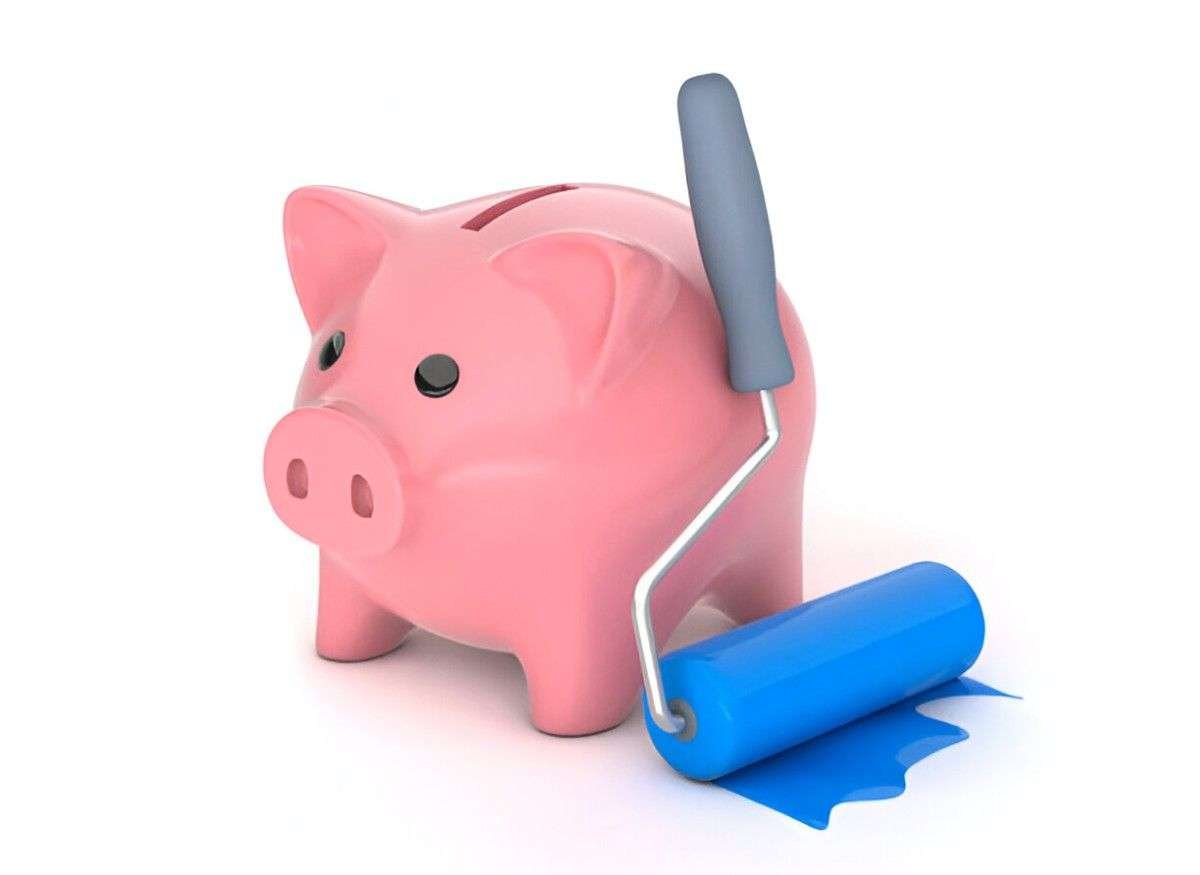Painting a home costs more than just the price of paint. Supplies, labor, and mistakes add up fast. Over the years, I’ve learned ways to cut costs without sacrificing quality. These ten hacks will help you get the best results while keeping expenses low.
Table of Contents
1. Choose the Right Paint for the Job
Not all paints work the same. A cheap gallon might cost less, but it may need extra coats or frequent touch-ups. I always check the coverage rate before buying. Here’s a simple comparison:
| Paint Type | Price per Gallon | Coverage (sq. ft.) | Coats Needed | Longevity |
|---|---|---|---|---|
| Cheap Flat | $15 | 250 | 3+ | 3-5 years |
| Mid-Range Satin | $30 | 350 | 2 | 5-10 years |
| High-Quality Acrylic | $50 | 400 | 1-2 | 10+ years |
Spending more upfront often means buying fewer gallons and repainting less often.
2. Calculate Exactly How Much Paint You Need
Guessing leads to waste. A standard gallon covers about 350-400 square feet. I use this simple formula:
(Wall width × Wall height × Number of walls) ÷ Coverage per gallon
For example, a 10×10 ft room with 8 ft ceilings:
(10×8×2) + (10×8×2) = 320 sq. ft.
One gallon should be enough, but two coats may need more. Buying just enough avoids leftovers that go unused.
3. Use Paint Samples Before Committing
A $5 sample saves money by preventing costly mistakes. I once bought a whole gallon only to realize the color looked different in my lighting. Now, I test samples on different walls before making a final decision.
4. Buy Paint on Sale or in Bulk
Stores discount paint during major holidays. I’ve found 30-50% off deals during Memorial Day, Labor Day, and Black Friday. Buying larger quantities also helps. Some stores offer discounts for five-gallon buckets, cutting costs per gallon.
| Purchase Type | Price per Gallon |
|---|---|
| 1 Gallon | $30 |
| 5-Gallon Bucket | $25 |
5. Check the Mistint Section
Mistints are paints returned by other customers. Home improvement stores sell them at 50-70% off. I always check first—sometimes I find the exact color I need.
6. Use a Paint Calculator Instead of Relying on Store Estimates
Store associates often round up paint needs. I use online paint calculators to get an accurate number before buying. Overbuying wastes money and underbuying means extra trips.
7. Invest in Quality Brushes and Rollers
Cheap brushes shed bristles and create streaks. I learned that buying a $10 brush instead of a $2 one saves money long-term. Better tools apply paint more smoothly and efficiently, reducing the number of coats needed.
8. Prime Only When Necessary
Not every wall needs primer. If I repaint a light color over another light shade, I skip it. However, dark-to-light transitions or new drywall need priming. A tinted primer reduces the number of topcoats required.
| Surface Type | Need Primer? |
|---|---|
| Light over Light | No |
| Dark over Light | Yes |
| New Drywall | Yes |
9. Mix Leftover Paints for Small Projects
Instead of tossing leftovers, I mix them for base coats, closets, or furniture. A mix of neutral tones often creates usable shades for minor touch-ups.
10. DIY Whenever Possible
Hiring painters costs hundreds or thousands. Doing it myself saves labor costs. Proper preparation—like cleaning walls, taping edges, and using drop cloths—ensures a professional-looking result without paying a pro.
These methods have saved me hundreds over multiple projects. The key is careful planning and smart shopping. With the right approach, painting a home can be affordable and high-quality.





